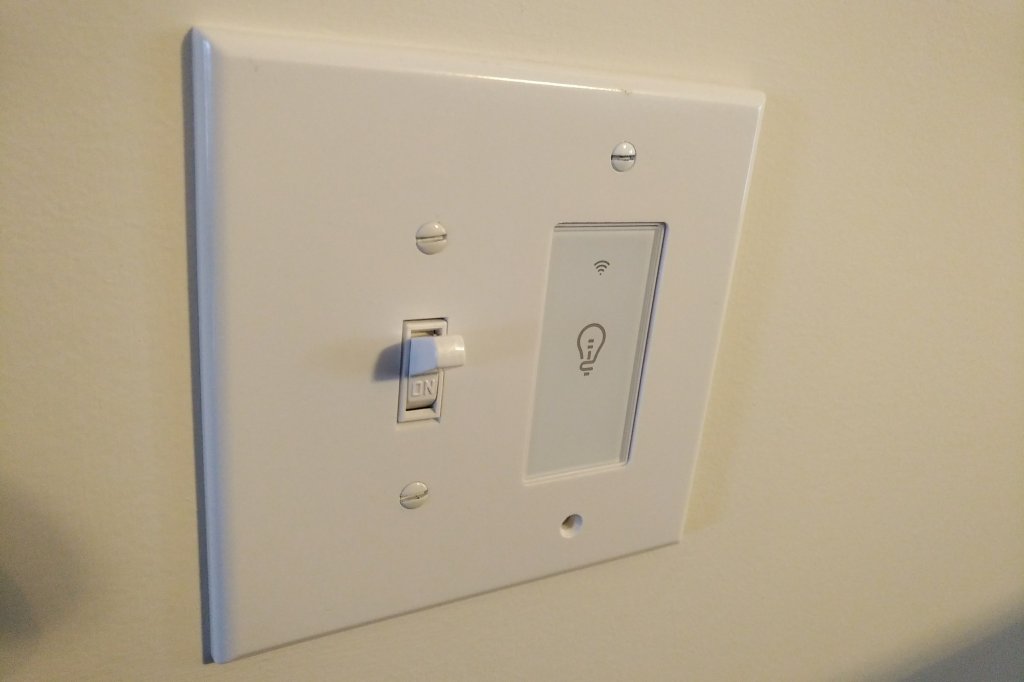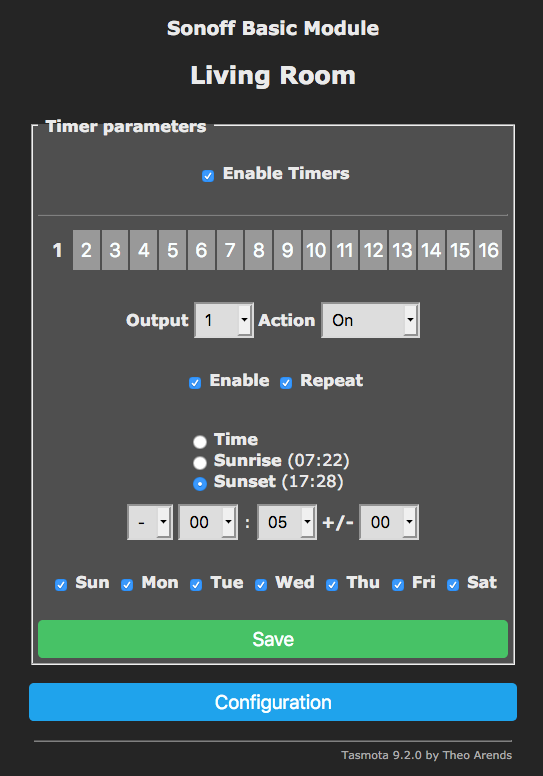
I bought a smart switch to help with the somewhat weird layout of our living room at the time. I had intended to reflash it with Open Source Software so I wasn’t sending data to some nameless company with remote servers that would render my switch useless if I lost connection to them. I had used the Tasmota firmware on another cord-based switch before and it proved simple and reliable.
There are a handful of different chips in these inexpensive smart wall switches. Some use the maker-favorite ESP chip, and others use a chip from a company called Tuya. The ESPs are usually easy enough to reflash after adding a programming header, but the Tuya chips require connecting directly to the pins on the chip. Someone designed a 3d printed jig to help with this, but I wasn’t able to print one that was usable which led to the long break between purchase and use.
In December, I found the switch again and decided to give it another go. I found that there was now a tool called Tuya Convert that allows you to change the firmware over your home WiFi network. With things approximately 1000x simpler, I was able to get the switch working with the Tasmota firmware in just an evening.

The firmware includes an option to turn the light on or off at a particular time, including a set number of minutes before or after sunrise/sunset. The device does need a little extra configuration to know its time and location, but it has been working reliably since the initial setup.
One of the reasons I prefer switches to smart bulbs is that everyone already knows how to use a wall switch. When I first installed the firmware, the physical switch function didn’t work, so I had to ask Alexa to turn it on or off instead of being able to do it myself. After some digging around on the Tasmota list of supported devices, I got it working by modifying a profile from a switch that was actually supported. I strongly support going with a supported switch to save yourself the headache. I saw they even had some options now with Tasmota from the factory, which is probably the best option. As the project is Open Source, I was able to suggest an update to the database with the settings I found working for this particular switch in case anyone comes across it again in the future.
I’m happy with the switch since I can turn it on or off from other parts of the house or turn the light on or off while I’ve got my hands full. Our kitchen and living room are attached, so it’s especially helpful when I’m cooking or doing dishes.
Do you have any smart appliances or lighting in your home? Do you find it helpful, or are smart IOT gadgets just something that’s unnecessary to solarpunk life? Let us know below!